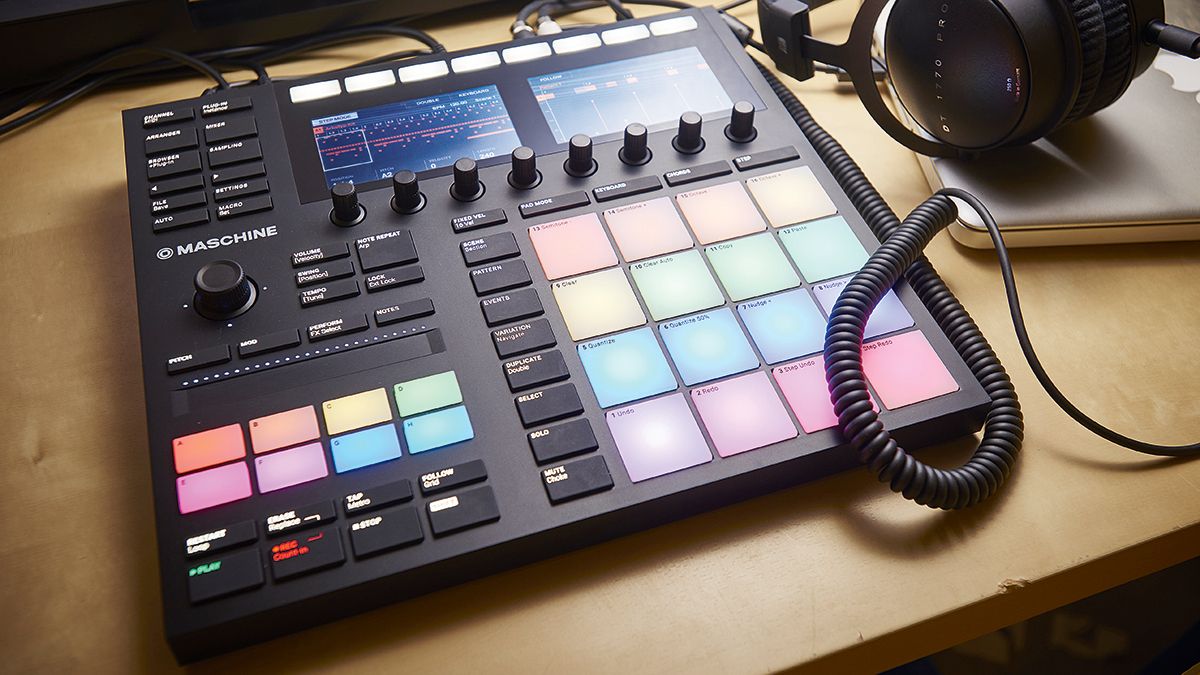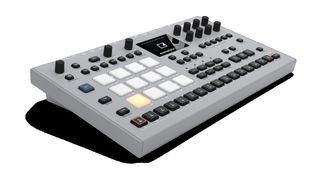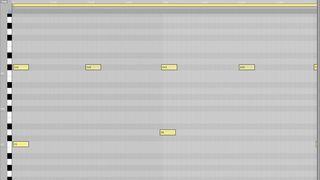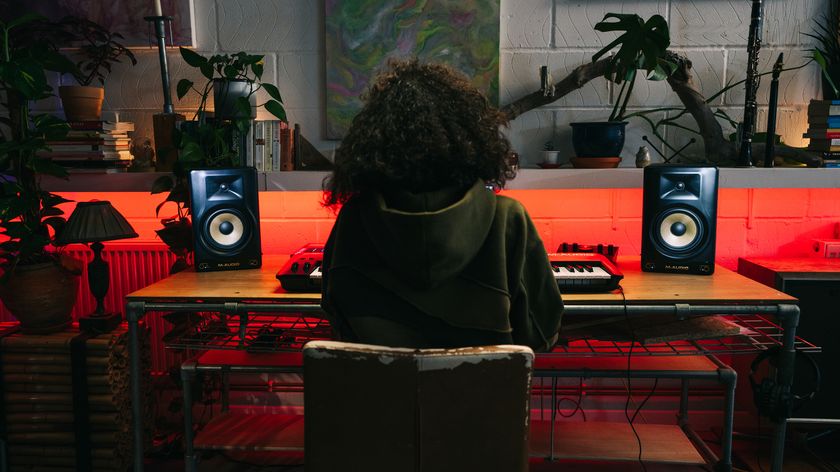9 ways to improve your electronic grooves and rhythms
Make your biggest, baddest beats yet with the help of our essential programming tricks and techniques

Unless you always use a live drummer or rely exclusively on pre-recorded loops, drum programming is going to play at least some part in your electronic music-making workflow.
Here are nine things to keep in mind when you're building your beats. Take our advice and you'll ensure that your drums always hit the spot.
1. Software vs controller
Combining the physical note entry of hardware with the supreme convenience and integration of software, it’s no wonder that hybrid setups such as Native Instruments’ Maschine range or Ableton’s combo of Live and Push are so popular. Although you’re still tied to a computer, you can avert your eyes from the screen and focus solely on the hardware when required; and you’ll also be able to expand your setup with future software updates.
2. Thick and thin
As a general rule, the ‘lighter’ or timbrally thinner your snare or clap is, the more ‘skip’ and groove will be injected into your beat. Contrast a smashy, bashy dancefoor DnB snare against a jungle-style groove driven by a tinny snare, and you’ll get what we mean.

3. Program MIDI beats in your DAW
If you know what you’re doing, and aren’t fussed about physical drum sequencers, don’t believe the hardware hype - laying down beats in software can still produce amazing results. Although drawing drums in with a mouse invariably gets a bad rep, it’s actually a very precise way to sequence notes, adjust velocity values and tweak timings. Furthermore, this approach can lead you down creative avenues you might not have tried otherwise, as that degree of control can get you to an end result in less time. And don’t forget the humble MIDI keyboard for inputting notes more traditionally.
4. Sweet 16ths
Come up with interesting ‘start-stop’ hi-hat grooves by filling up all the 16th-notes within a bar, then removing some of them until you find an interesting rhythmic pattern that interplays nicely with the rest of the music.
5. Get a hardware drum machine
As an electronic musician, sometimes the only way to satisfy your hands-on urge for programming is to invest in a dedicated hardware drum machine. Vintage machines are obviously the most sought-after (and expensive), but you have to really want that classic sound over modern programming features. A nice compromise is to buy a modern groovebox such as Elektron’s Analog Rhythm or Digitakt, or Roland’s new TR-8S. The main advantage to a machine like this is the instant gratification of tactile programming.
Get the MusicRadar Newsletter
Want all the hottest music and gear news, reviews, deals, features and more, direct to your inbox? Sign up here.
6. Piece by piece
To give your beat supreme groove from the start, focus on laying down your main kick and snare - throw in interesting ghost skips that can then be built upon by the hi-hat. Or, start with a hat groove first, then add a simple kick and clap to support it.

7. The human touch
On many occasions, when you’re aiming to create an overtly robotic style of drums, or emulate a particular drum machine of old, you may want to replicate the rigid limitations of those primitive boxes by rejecting the notion of humanisation at all. But, if you want maximum humanity in your drum machine performances, it’s advised to record your playing in live - in real time, via a MIDI keyboard or velocity-sensitive drum pads - to capture timing and velocity inconsistencies.
Once you’ve furiously bashed those parts into a MIDI region in your DAW, it’s likely that some of your hits will be a little too out of time, but you can then head in and shift around note timings, lengths and velocities to taste. When editing said performance, a more human feel can be created simply by turning off quantisation, then making those adjustments manually as you assess the rhythmic interplay of the hits.
8. Don't go overboard
Although it’s fun to throw all types of percussion into the mix first, remember that the beats have to support the other melodic parts. Often, the simplest kick and snare pattern can carry everything, so have a gameplan in mind before you start.
9. Lay down audio on the timeline
Although MIDI programming is the most natural and flexible way to sequence drums in the box, there’s something to be said for stripping things back to audio tracks and pushing blocks of audio around. You can see several audio waveforms in front of you at once, and manipulate audio regions in different ways, which can help you shape and manipulate all elements in detail. And it’s far easier to chop up and resequence longer audio loops into manageable chunks. Working this way, you can also try reversing, stretching or warping sections to create weird fills and breaks.
Future Music is the number one magazine for today's producers. Packed with technique and technology we'll help you make great new music. All-access artist interviews, in-depth gear reviews, essential production tutorials and much more. Every marvellous monthly edition features reliable reviews of the latest and greatest hardware and software technology and techniques, unparalleled advice, in-depth interviews, sensational free samples and so much more to improve the experience and outcome of your music-making.

"If I wasn't recording albums every month, multiple albums, and I wasn't playing on everyone's songs, I wouldn't need any of this”: Travis Barker reveals his production tricks and gear in a new studio tour

“My management and agent have always tried to cover my back on the road”: Neil Young just axed premium gig tickets following advice from The Cure’s Robert Smith











